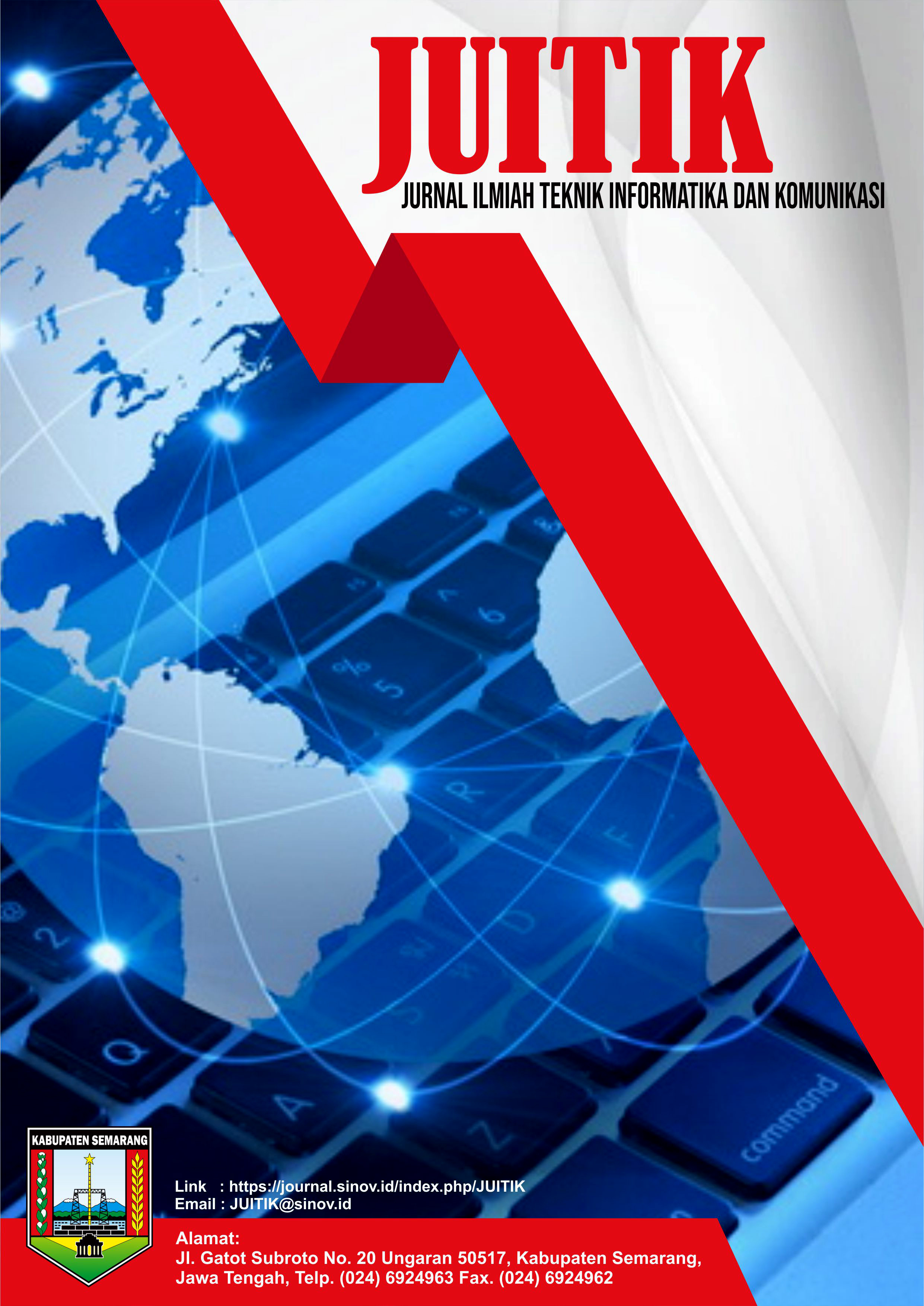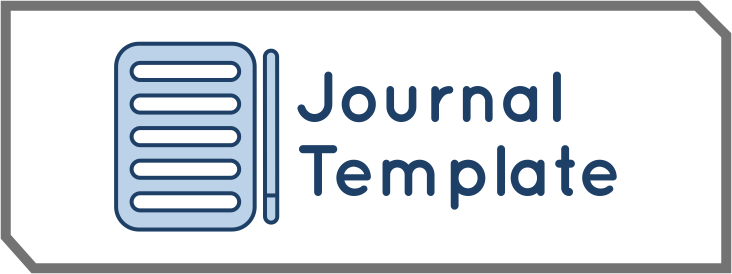Analisis Jam Belajar dan Hasil Ujian Siswa dengan Menggunakan Metode K-Means Clustering, Principal Component Analysis (PCA)
DOI:
https://doi.org/10.55606/juitik.v5i1.1328Keywords:
Correlation, Data-Analysis, Education, Exam-Scores, Study-HoursAbstract
Education is a fundamental pillar in shaping students' abilities and potential, with one of the critical factors often under attention being the time spent on studying. Understanding the extent to which study time impacts academic achievement is essential for improving education quality. This study aims to explore whether there is a significant relationship between the number of study hours per week and students' final exam scores. The methods used in this research include K-Means Clustering, Principal Component Analysis (PCA), and the Apriori Algorithm. The expected result of this study is to discover a significant correlation between the two variables. If a significant positive correlation is found, it would indicate that increased study time is associated with better exam performance. Conversely, if the correlation is weak or negative, it would suggest that other factors may play a more dominant role in influencing students' academic performance. Furthermore, significance testing is conducted to ensure that the results of the analysis did not occur by chance. This research is expected to provide valuable insights for parents and students in developing more effective and efficient learning strategies. For educators, these findings can serve as a foundation for designing more structured learning programs, including recommendations for optimal study time allocation. On the other hand, for students, the results of this study can serve as a guide to managing their study time more optimally.
References
Ahmad Pandhu Wijaya, & Fachreza, A. (2024, Maret). Pengelompokan hasil belajar siswa dengan metode clustering K-Means pada SMK Muhammadiyah 1 Weleri. Estudiar.
Berlian Juliartha Martin Putra, & Yuniarti, D. A. F. (n.d.). Prediksi nilai akhir mata kuliah mahasiswa menggunakan metode K-Means Clustering. Teknosi – Universitas Andalas.
Borgavakar, S. P., & Shrivastava, A. (2018). Evaluating student’s performance using K-Means Clustering. International Journal of Engineering Research & Technology (IJERT).
Borgavakar, S. P., & Shrivastava, A. (2022). Data analysis of educational evaluation using K-Means Clustering. PMC.
Dewi, S., Defit, S., & Yuhandri, Y. (2023). Akurasi pemetaan kelompok belajar siswa menuju prestasi menggunakan metode K-Means. Jurnal Sistem Informasi dan Teknologi.
Gajewski, Ł., Chołoniewski, J., & Hołyst, J. (2016, April). Key courses of academic curriculum uncovered by data mining of students' grades. arXiv. https://arxiv.org/abs/1604.04265
IamOn, N., & Boongoen, T. (2018). Generating descriptive model for student dropout: A review of clustering approach.
Islam, M. H. S., & Haque, M. (2012). An approach of improving students’ academic performance by using K-Means Clustering and Decision Tree. arXiv preprint. https://arxiv.org/abs/1203.3376
Li, R. (2023). Predicting student academic performance. Semantic Scholar.
Putri, T. N., Renita, C., & Wahyu, M. A. E. (2024). Identifikasi pola belajar dan absensi siswa dengan teknik clustering dan analisis korelasi. Jurnal JATI, 8(5).
Sri Dewi, Defit, S., & Yuhandri, Y. (2023). Akurasi pemetaan kelompok belajar siswa menuju prestasi menggunakan metode K-Means. Jurnal Sistem Informasi dan Teknologi.
Tyas Widyanti, Hilabi, S. S., Hananto, A., Tukino, & Novalia, E. (2023). Implementasi K-Means dan K-Nearest Neighbors pada kategori siswa berprestasi. Jurnal Informasi dan Teknologi.
Wijaya, Y., Yudhistira, A., & Andika, R. (2023, Maret). Pengelompokan data nilai siswa menggunakan metode K-Means Clustering. JAITI, 1(1). E-Journal Poliban.
Yuniarti, D. A. F., & Martin Putra, B. J. (n.d.). Analisis hasil belajar mahasiswa dengan clustering menggunakan metode K-Means. Poros Teknik.
Downloads
Published
How to Cite
Issue
Section
License
Copyright (c) 2025 Jurnal Ilmiah Teknik Informatika dan Komunikasi

This work is licensed under a Creative Commons Attribution-ShareAlike 4.0 International License.










